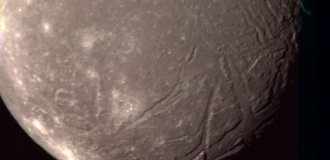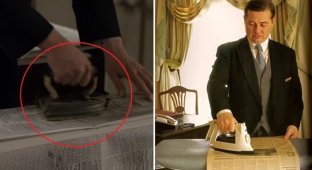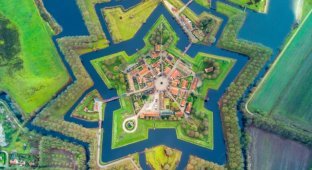9 desperate explorers whom nothing could stop (11 photos)
There are those who improve and improve the life around them, living in one place. But there are always those who beckon unknown distances and who is ready to take risks, but still live to the fullest coil. 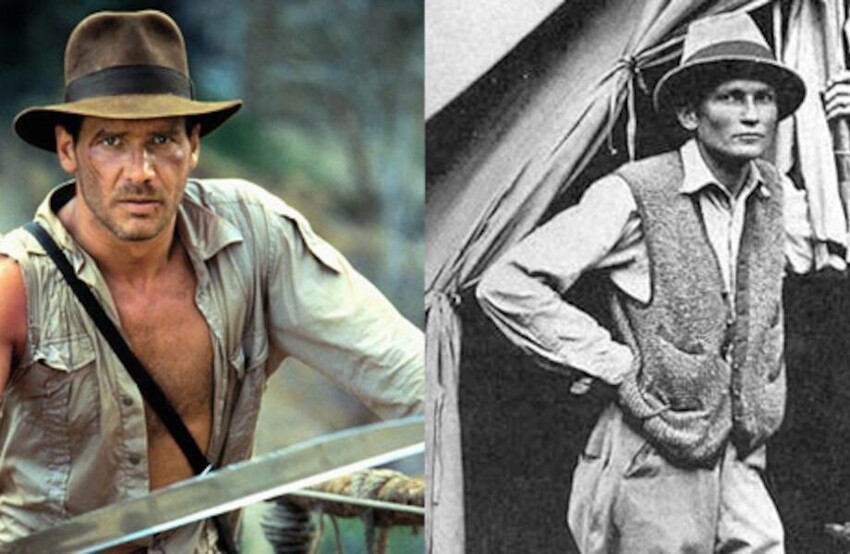
One of today's desperate travelers is Fedor Konyukhov. But today we want to introduce you to other people, leaving a mark on history.
Wendell Phillips
He received his PhD in paleontology and At the age of 27 he went on his first expedition to Africa. After Phillips returned there more than once to explore the Arabian Desert. 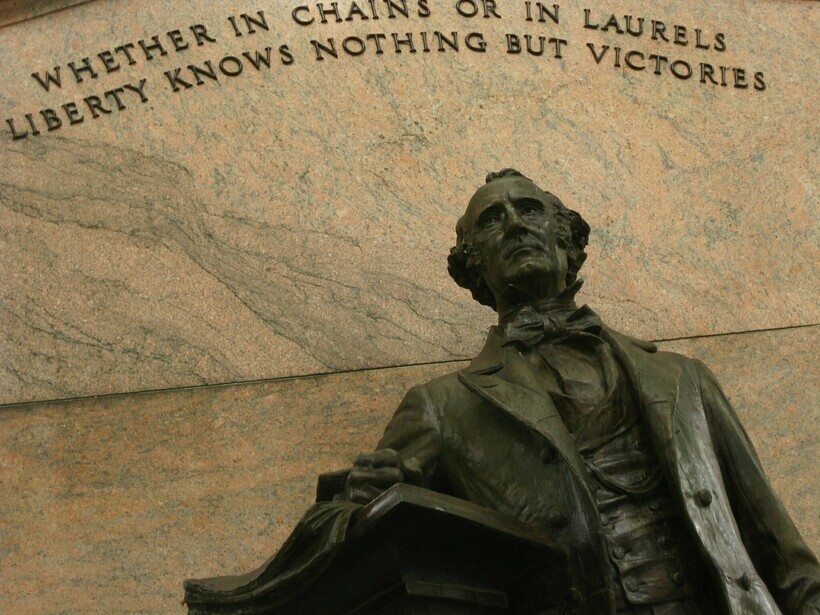
Together with the team, they excavated two ancient capitals - Tinnu and Marib. The locals did not appreciate the importance of scientific research and attacked the group: one was beaten, the other was held captive for almost a month. If not for the opening Phillips, the world would not have learned much from the past of the Middle East.
Kadir Temori
Events that happened to the head of the archaeological department in Kabul, served as the basis for the film "Save Mes Ainak". In 2007 Afghanistan sold the right to mine copper to China. 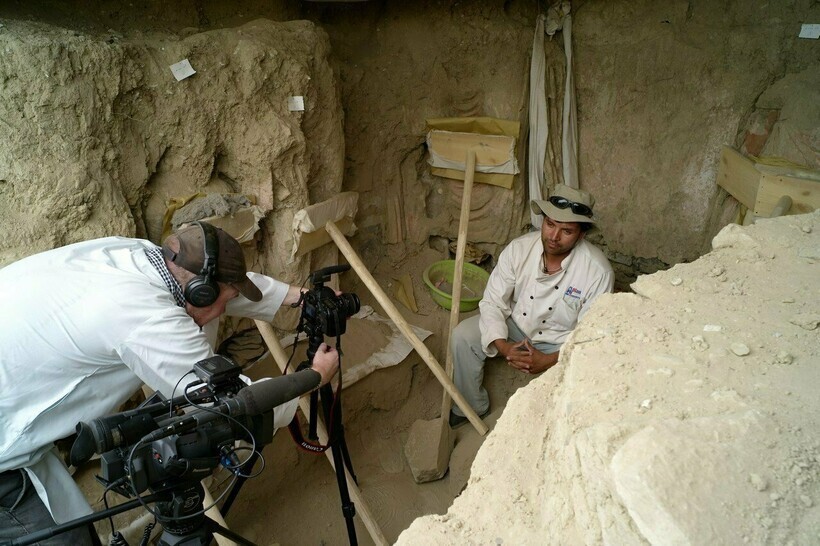
Temori understood that the time to excavate the ancient Buddhist he has few cities whose age is more than 2000 years. So he dug almost around the clock, evading the pressure of the Chinese company and dealing with an unfriendly Afghan government.
Farish Jenkins
This man, passionate about science, first served in the marine infantry, and after graduating from the university he became a doctor of philosophy, but also well versed in paleontology, zoology and anatomy. 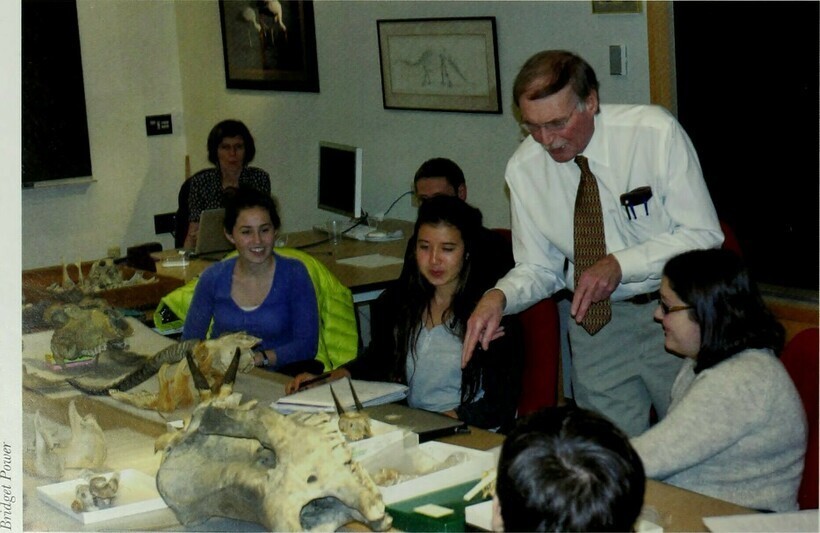
In one of the African expeditions, he almost suffered from rhinoceros, in Canada and Greenland could become a victim of a polar bear. Despite the risk and extreme conditions, the researcher did not leave his search. The main prize was the discovery of a fish with the rudiments of legs, snout and ears. 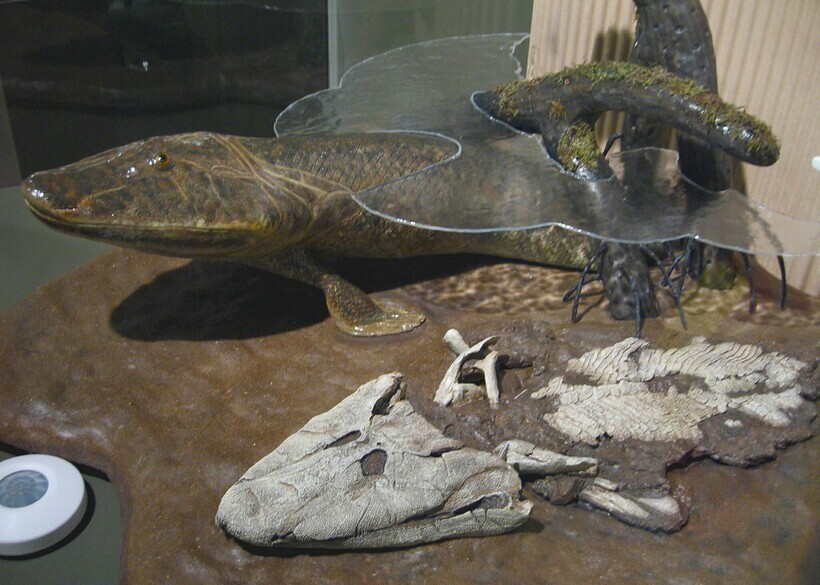
It was a sensation: the petrified Tiktaalik lived 375 million years ago, which is evidence that life originated in water and landed.
Jim Patton
Employee of the Zoological Museum of California several times went on long trips with the sole purpose of studying mammals. He could have died more than once. 
Off the coast of Mexico, his boat crashed against the rocks during storm, along with a Mexican fisherman, he fought for his life for 10 days. At coast of Costa Rica, his boat caught fire. In Brazil, the boat in which he was sunk in less than a minute, but he managed to escape.
Ivan Spryts
An anthropologist from Slovenia repeatedly went in search of remains of the Mayan civilization. It's hard to get through the Amazon jungle sometimes almost impossible, so most expeditions are carried out on dry land, where jaguars, pumas, poisonous snakes lie in wait for people and not at all harmless insects. 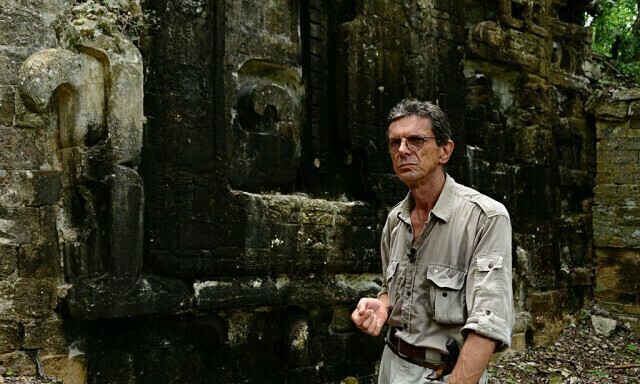
Sprytz considers his work romantic, although the risk of contracting a deadly disease in this region is high.
Hiram Bingham III
The Hawaiian guy was educated at Harvard and rushed to search for ancient cities in South America. 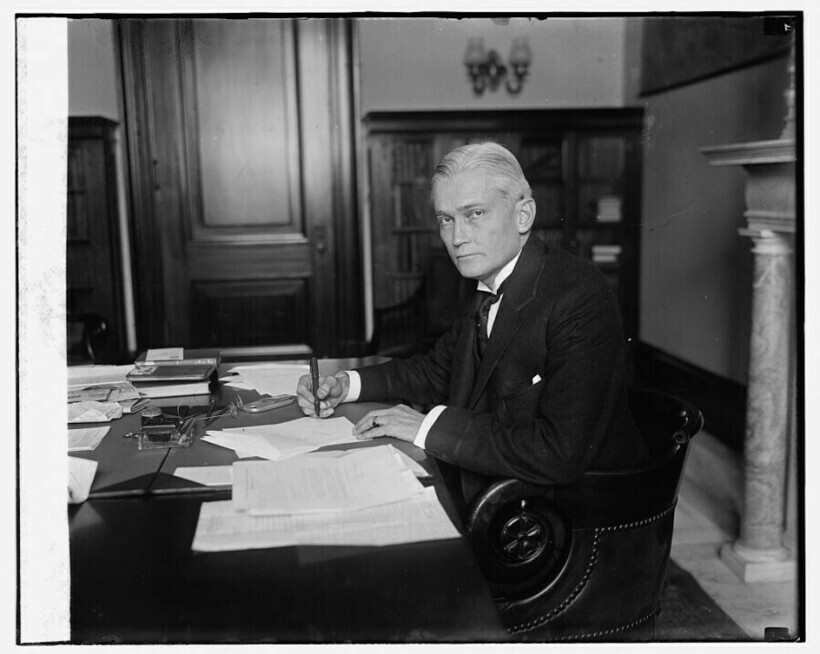
There is debate about who first discovered Machu Picchu, but in any In the case, Bingham was the first to publicize his discovery.
William Montgomery McGovern
By the age of 22, a young man who had 2 doctoral degrees (in theology and philosophy), knew 17 languages. For 10 years, the scientist has explored remote corners of the world, often risking losing their lives young. 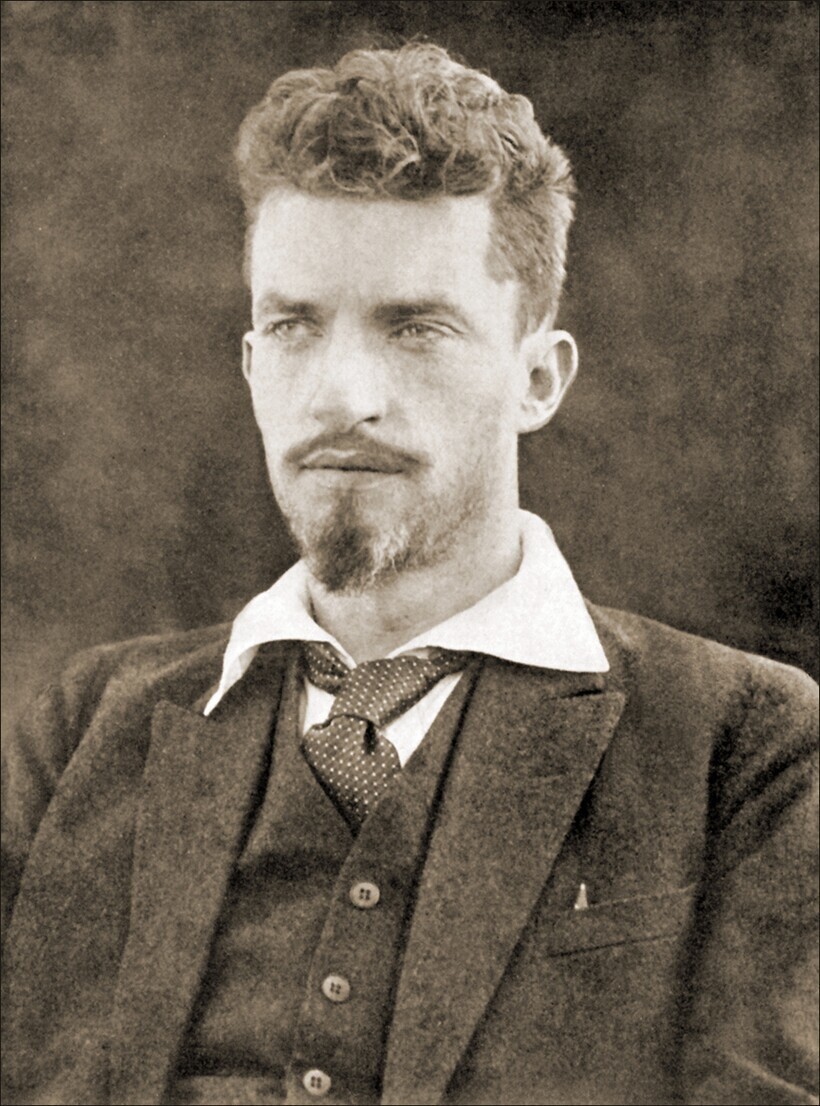
In search of the ruins left from the Inca civilization, William lost a colleague, and he himself was in the “embraces” of an anaconda (its length can be over 5 meters). To survive, his team had to eat only monkey meat, and at one of the ceremonies of the local tribe, he had to drink a drink that causes hallucinations.
Percy Fawcett
This British adventurer traveled to South America seven times in search of a lost civilization. 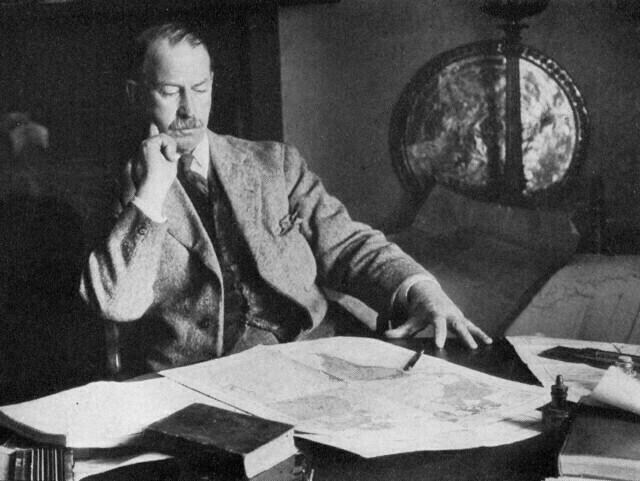
The notes of this traveler helped Conan Doyle write book "The Lost World", but whether Fawcett himself found this world, we do not know. He could get caught by the natives, the anaconda, or contract the disease from giant insects in the Amazon.
Roy Chapman Andrews
Employee of the Museum of Natural History in the United States, who became after world discoveries as its director, studied the life of marine animals in Indonesia, China, Japan, Korea, Alaska. 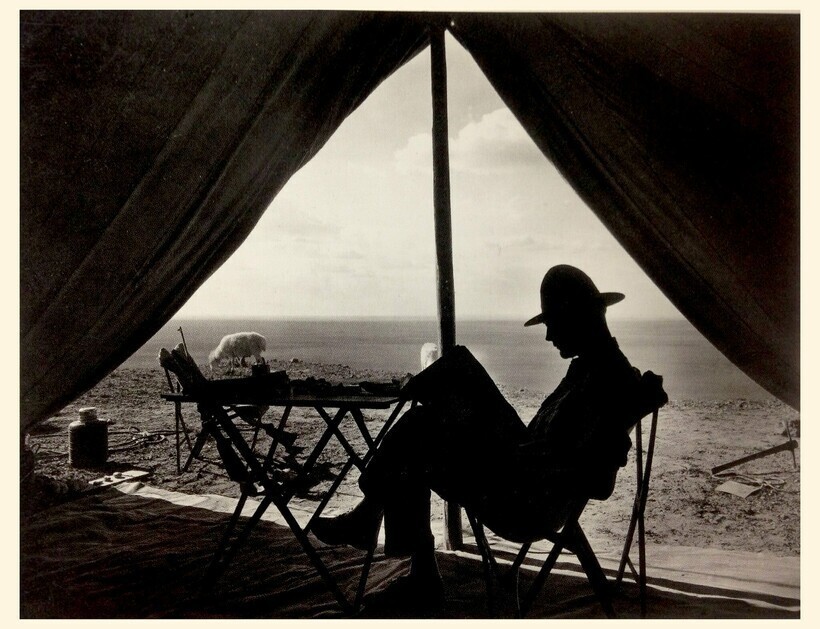
In the Gobi desert, a researcher stumbled upon the bones of dinosaurs, and then on their fossilized eggs, which confirmed an idea that had not previously been there was evidence. On his trips, the scientist could die at least 10 times: he met with a python, was almost killed by bandits, he could bite the dogs.



